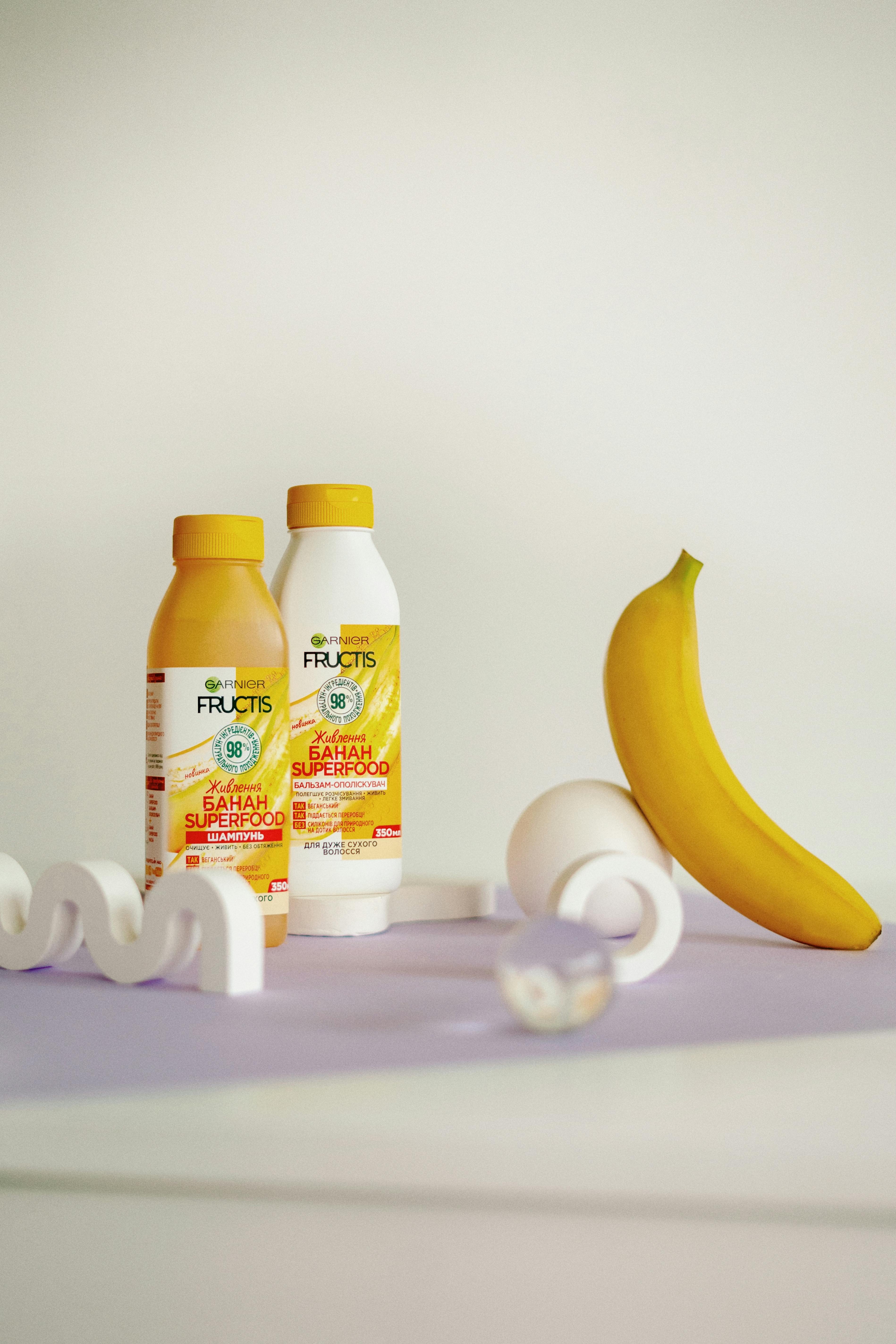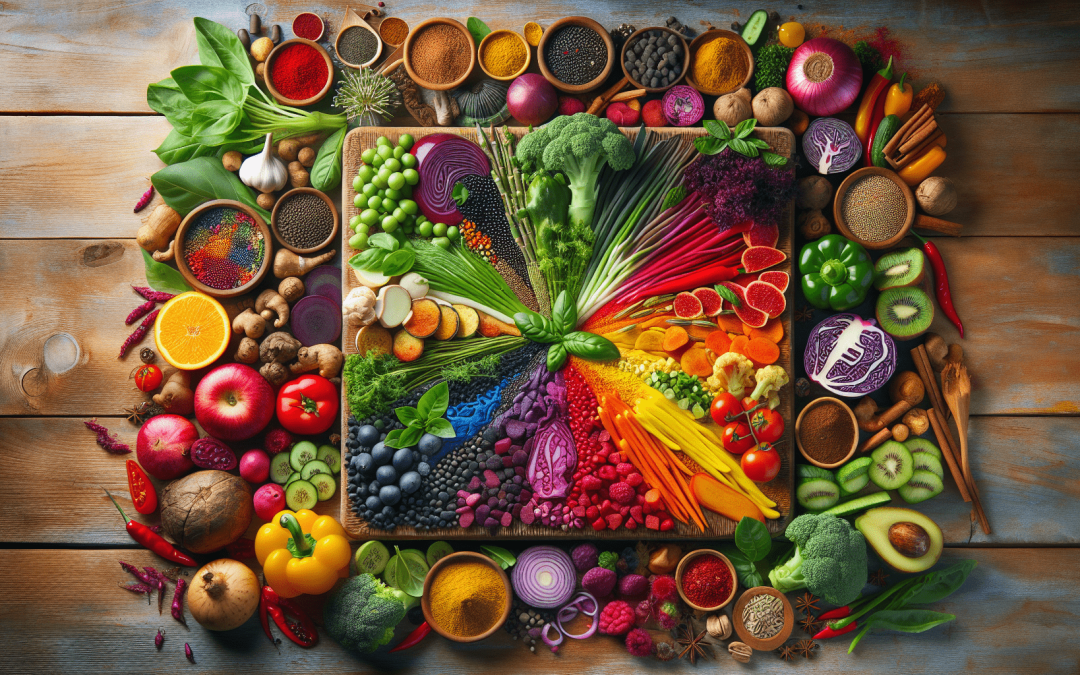How to Incorporate Phyto-nutrients into Your Meals

What are Phyto-nutrients?
Phyto-nutrients are natural compounds found in plants that are known to provide health benefits for the human body. They are rich in antioxidants and anti-inflammatory properties, which can help protect your cells from damage and reduce the risk of chronic diseases. Incorporating phyto-nutrients into your meals is a simple and effective way to boost your overall health and well-being.
Why are Phyto-nutrients Important for Your Health?
Phyto-nutrients play a crucial role in maintaining good health and preventing various diseases. They can help reduce inflammation, improve digestion, support a healthy immune system, and even protect against certain types of cancer. By including phyto-nutrient-rich foods in your diet, you can ensure that your body is getting the essential nutrients it needs to function properly.
How to Identify Phyto-nutrient-rich Foods
When shopping for phyto-nutrient-rich foods, look for bright, vibrant colors in fruits and vegetables. These colors are often a sign of high levels of phyto-nutrients such as anthocyanins, carotenoids, and flavonoids. Some examples of phyto-nutrient-rich foods include berries, leafy greens, tomatoes, carrots, and citrus fruits. By incorporating a variety of colorful plant-based foods into your meals, you can easily increase your intake of phyto-nutrients.
Easy Ways to Incorporate Phyto-nutrients into Your Meals
1. Start Your Day with a Phyto-nutrient-packed Smoothie
Blend together a combination of fruits and vegetables in your favorite smoothie recipe to create a delicious and nutritious breakfast option. Adding ingredients like spinach, kale, berries, and avocado will not only make your smoothie colorful and flavorful but also provide a rich source of phyto-nutrients to kickstart your day.
2. Snack on Fresh Fruits and Vegetables
Keep a variety of fresh fruits and vegetables on hand for quick and easy snacking throughout the day. Carrot sticks, bell pepper slices, apple slices, and cherry tomatoes are excellent choices that are packed with phyto-nutrients. Pair them with hummus, nut butter, or yogurt for a satisfying and healthy snack option.
3. Include a Side Salad with Your Meals
Adding a side salad to your meals is a simple way to incorporate more phyto-nutrients into your diet. Choose a variety of leafy greens, colorful vegetables, nuts, seeds, and a flavorful dressing to create a nutrient-dense salad that will complement your main dish. Experiment with different combinations to keep your salads interesting and enjoyable.
4. Cook with Herbs and Spices
Herbs and spices are not only great for adding flavor to your meals but also for increasing your intake of phyto-nutrients. Fresh herbs like cilantro, parsley, basil, and mint, as well as spices like turmeric, ginger, cinnamon, and cumin, are rich sources of phyto-nutrients. Incorporate them into your cooking to enhance the taste and nutritional value of your dishes.
5. Choose Whole Grains and Legumes
Whole grains such as quinoa, brown rice, oats, and barley, as well as legumes like lentils, chickpeas, black beans, and peas, are all excellent sources of phyto-nutrients. Include these plant-based foods in your meals to increase your fiber intake and provide your body with essential nutrients. Experiment with different grains and legumes to discover new flavors and textures.

Creating a Phyto-nutrient-rich Meal Plan
Planning your meals in advance is a great way to ensure that you are incorporating phyto-nutrient-rich foods into your diet on a regular basis. Here is a sample meal plan to help you get started:
| Day | Meal | Phyto-nutrient-rich Foods |
|---|---|---|
| Monday | Breakfast: Berry Spinach Smoothie | Berries, Spinach, Banana |
| Lunch: Quinoa Salad with Mixed Vegetables | Quinoa, Bell Peppers, Cucumbers, Chickpeas | |
| Dinner: Baked Salmon with Roasted Veggies | Salmon, Asparagus, Bell Peppers, Zucchini | |
| Tuesday | Breakfast: Oatmeal with Almond Butter | Oats, Almond Butter, Blueberries |
| Lunch: Lentil Soup with Whole Grain Bread | Lentils, Carrots, Celery, Whole Grain Bread | |
| Dinner: Stir-fry Tofu with Brown Rice | Tofu, Broccoli, Bell Peppers, Brown Rice | |
| Wednesday | Breakfast: Avocado Toast with Tomatoes | Avocado, Whole Grain Bread, Tomatoes |
| Lunch: Chickpea Salad with Lemon Dressing | Chickpeas, Cucumbers, Tomatoes, Parsley | |
| Dinner: Vegetable Curry with Basmati Rice | Mixed Vegetables, Curry Paste, Basmati Rice |
By incorporating a variety of phyto-nutrient-rich foods into your meals throughout the week, you can ensure that you are getting a wide range of essential nutrients to support your overall health and well-being.
Tips for Maximizing Phyto-nutrient Intake
1. Eat a Rainbow of Plants
Include a variety of colorful fruits and vegetables in your meals to ensure that you are getting a diverse range of phyto-nutrients. Aim to eat the rainbow by choosing foods of different colors, such as red, orange, yellow, green, blue, and purple, to maximize your phyto-nutrient intake.
2. Mix and Match Plant-based Foods
Experiment with different combinations of plant-based foods to create balanced and nutritious meals. Mix and match fruits, vegetables, whole grains, legumes, nuts, seeds, herbs, and spices to discover new flavors and textures that will keep your meals interesting and enjoyable.
3. Try Different Cooking Methods
Explore various cooking methods such as steaming, roasting, grilling, sautéing, and raw to prepare your phyto-nutrient-rich foods. Different cooking techniques can help retain the nutritional value of your ingredients and enhance the flavor and texture of your dishes. Be creative in the kitchen and have fun experimenting with new recipes.
4. Prioritize Fresh, Local, and Seasonal Produce
Whenever possible, choose fresh, local, and seasonal produce to ensure that you are getting the highest quality phyto-nutrient-rich foods. Fresh fruits and vegetables that are in season are often more flavorful and nutritious than those that have been imported or stored for long periods. Visit farmers markets or join a community-supported agriculture (CSA) program to support local growers and access fresh, seasonal produce.
5. Supplement with Phyto-nutrient-rich Foods
If you have difficulty meeting your phyto-nutrient needs through diet alone, consider incorporating phyto-nutrient-rich supplements into your daily routine. Supplements such as green powders, superfood blends, and herbal extracts can provide an extra boost of phyto-nutrients to support your health goals. Consult with a healthcare professional or nutritionist before taking any supplements to ensure they are appropriate for your individual needs.

Conclusion
Incorporating phyto-nutrients into your meals is a simple and effective way to support your overall health and well-being. By choosing a variety of colorful fruits, vegetables, whole grains, legumes, herbs, and spices, you can ensure that your body is getting the essential nutrients it needs to function optimally. Experiment with different recipes, meal plans, and cooking techniques to discover new ways to enjoy phyto-nutrient-rich foods and reap the numerous health benefits they provide. Start today by making small changes to your daily diet and see how incorporating phyto-nutrients can make a big difference in how you look and feel.







